History, Art and Culture - 2 | Current Affairs & Hindu Analysis: Daily, Weekly & Monthly - UPSC PDF Download
| Table of contents |

|
| Shivaji Maharaj and Surat Raid |

|
| Industrial Revolution |

|
| Revival of National Mission for Manuscripts (NMM) |

|
| International Abhidhamma Divas |

|
| Maha Kumbh Mela 2025 |

|
| Miniature Paintings |

|
Shivaji Maharaj and Surat Raid
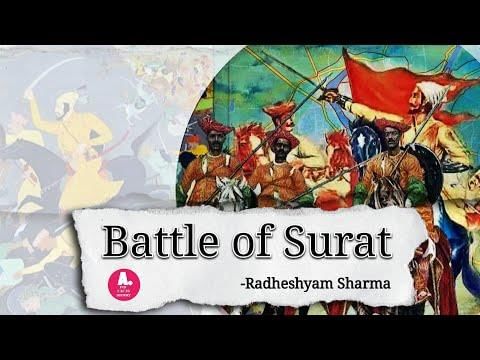 Why in News?
Why in News?
Recently, a 35-foot statue of Chhatrapati Shivaji Maharaj, unveiled at Rajkot Fort in Malvan, Sindhudurg district, collapsed in less than a year. This incident contrasts sharply with the Sindhudurg Fort, built by Shivaji Maharaj 357 years ago, which remains resilient and has played a significant role in military activities such as the Surat raids. A major portion of the fort's construction was financed by the wealth gained from these raids.
Key Takeaways
- Sindhudurg Fort was constructed between November 1664 and March 1667.
- The fort's construction cost was estimated at one crore hons, a currency from Shivaji Maharaj's reign.
- Shivaji aimed to establish maritime control and economic stability through a powerful navy.
- The fort featured impressive defensive architecture, including a serpentine wall and strategic positions for cannons.
- The Surat raids significantly disrupted the Mughal economy and asserted Maratha dominance.
Additional Details
- Construction of Sindhudurg Fort: The fort was built on the island of Kurte in the Arabian Sea, following a thorough examination by Shivaji Maharaj and expert Hiroji Indulkar.
- Maritime Dominance: The fort was strategically located to control maritime access and fend off foreign powers like the Siddis and Portuguese.
- First Raid on Surat (January 1664): The raid caught Mughal forces off guard, leading to a significant wealth haul that funded the Sindhudurg fort's construction.
- Impact of the Raids: Shivaji's actions in Surat prompted the English to relocate their warehouse from Surat to Bombay, highlighting his influence.
- Second Raid on Surat (October 1670): This raid yielded wealth worth approximately Rs 6.6 million, primarily targeting Mughal resources while sparing Dutch and English merchants.
These events underscore Shivaji Maharaj's strategies and leadership in establishing Maratha resistance against Mughal expansion, illustrating his legacy in Indian history.
Industrial Revolution
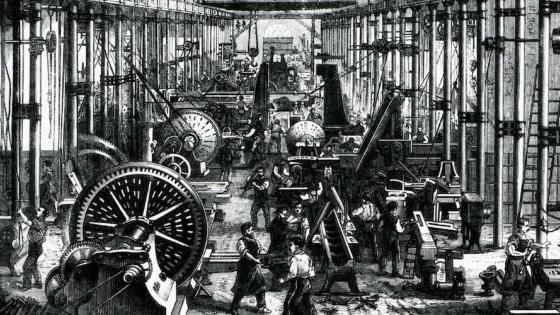 Why in News?
Why in News?
The Industrial Revolution marks a significant turning point in history, as it transformed economies from agrarian societies into industrialized and urban ones. This period saw advancements in technology, manufacturing processes, and the rise of factories, which fundamentally changed social structures and daily life.
Key Takeaways
- The Industrial Revolution began in the late 18th century and continued into the 19th century.
- It introduced machinery that increased production efficiency and reduced the need for manual labor.
- Urbanization grew as people moved to cities in search of jobs in factories.
Additional Details
- Technological Innovations: The era was characterized by inventions such as the steam engine and power loom, which revolutionized transportation and textile production respectively. For example, the steam engine allowed for faster movement of goods and people.
- Social Impacts: The rise of factories led to the establishment of a new working class and brought about changes in labor laws, including the need for better working conditions.
In summary, the Industrial Revolution was a crucial phase in shaping modern society, driving economic growth, technological progress, and urban development. Its legacy continues to influence contemporary industrial practices and societal structures.
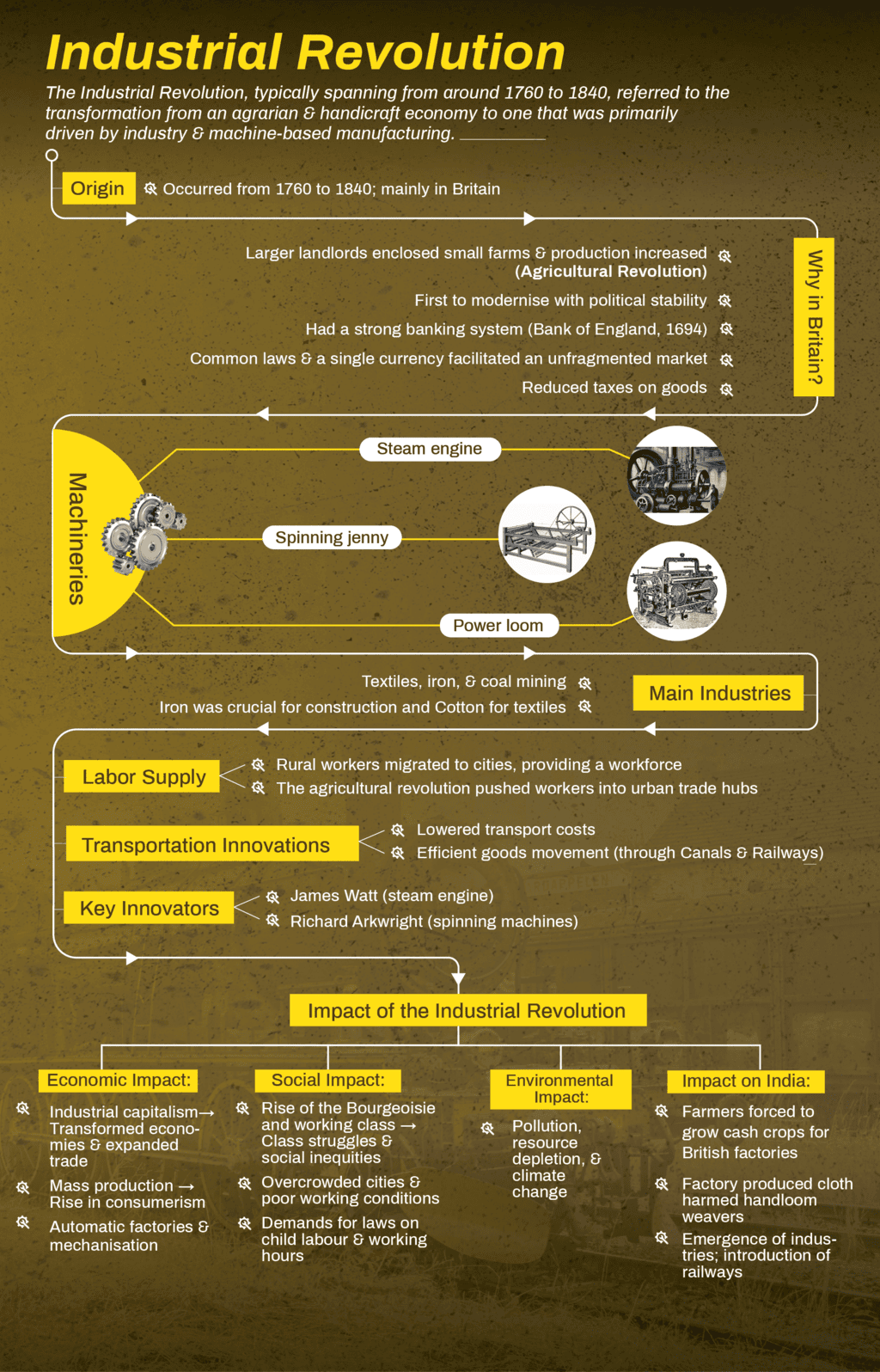
Revival of National Mission for Manuscripts (NMM)
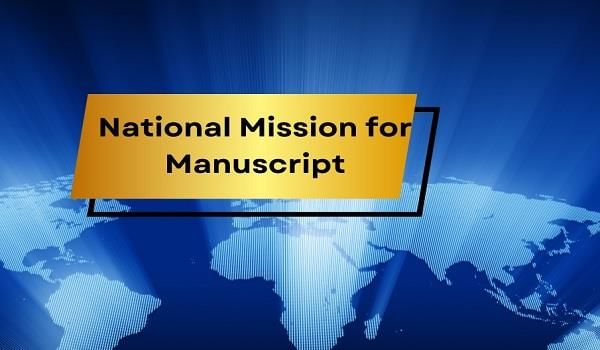 Why in News?
Why in News?
The Union Ministry of Culture is preparing to revive and relaunch the National Mission for Manuscripts (NMM), highlighting the importance of preserving India's rich manuscript heritage.
Key Takeaways
- The Union Ministry of Culture plans to establish an autonomous body under its jurisdiction for the NMM.
- Currently, NMM is integrated within the Indira Gandhi National Centre for the Arts.
- Since its inception, metadata for 52 lakh manuscripts has been compiled, with over 3 lakh titles digitized.
- Approximately one-third of the digitized manuscripts are available online.
- Only about 70,000 of the 1.3 lakh uploaded manuscripts can be accessed by the public.
- A significant number of manuscripts are in private possession, which limits their public accessibility.
Additional Details
- Future Roadmap: The NMM aims to establish university chairs overseas that focus on ancient Indian studies.
- Engagement of intellectual property rights (IPRs) legal experts is suggested to tackle issues concerning the sale of manuscripts internationally and the challenges of private ownership.
- There will be a strong emphasis on preserving non-Brahmi and lesser-known scripts.
What are the Key Facts About NMM?
- About: The NMM is an initiative aimed at preserving and documenting India's vast manuscript collection.
- It was launched to uncover, document, conserve, and promote India's extensive manuscript heritage.
- Implementing Bodies: The Department of Culture oversees the mission, with the Indira Gandhi National Centre for the Arts (IGNCA) acting as the nodal agency.
- Objectives: The mission focuses on conserving manuscripts and disseminating the knowledge they encompass, adhering to its motto: 'conserving the past for the future.'
- Scope and Collection: India is estimated to have around five million manuscripts, possibly the largest collection globally, with 70% written in Sanskrit.
The revival of the National Mission for Manuscripts marks a significant step towards safeguarding India's literary heritage and ensuring that this invaluable knowledge is preserved for future generations.
International Abhidhamma Divas
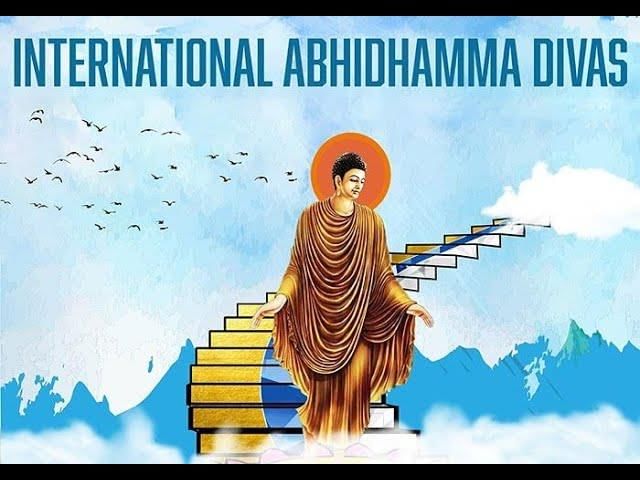 Why in News?
Why in News?
The Prime Minister of India recently addressed a ceremony to celebrate International Abhidhamma Divas and recognized Pali as a classical language in New Delhi.
Key Takeaways
- International Abhidhamma Divas commemorates the day when Lord Buddha descended from Tāvatiṃsa-devaloka to Sankassiya in Uttar Pradesh.
- The event marks the end of the first Rainy Retreat (Vassa) and the Pavāraṇā festival.
- This year, the event was hosted by the Ministry of Culture in collaboration with the International Buddhist Confederation (IBC).
Additional Details
- Abhidhamma Divas: This day celebrates Lord Buddha's teachings on the Abhidhamma, which he taught to the deities, including his mother, during his three months in Tāvatiṃsa.
- Teachings of Abhidhamma: The Abhidhamma provides an analytical framework to explore reality, addressing crucial concepts such as birth, death, and mental phenomena.
- The four ultimate realities in Abhidhamma are citta (consciousness), cetasika (mental factors), rūpa (materiality), and nibbāna (final liberation).
In summary, the celebration of International Abhidhamma Divas not only honors the teachings of Lord Buddha but also serves as a significant cultural event that emphasizes the importance of Pali as a classical language.
Maha Kumbh Mela 2025
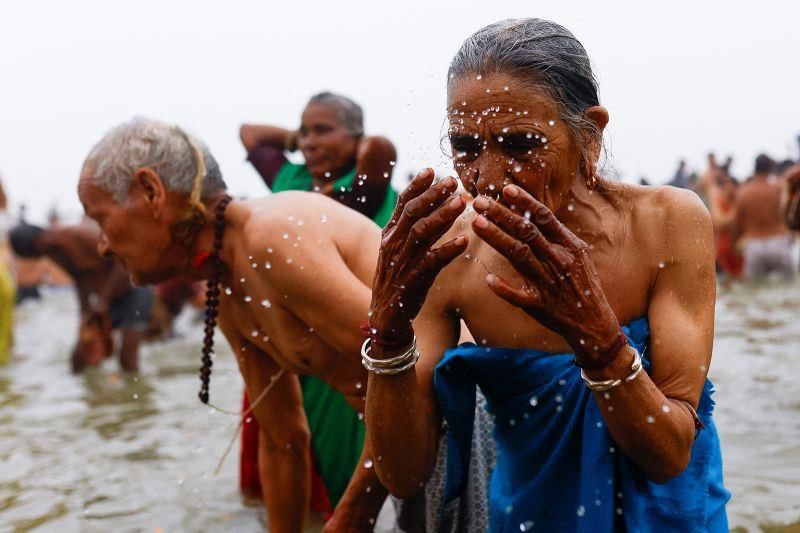 Why in News?
Why in News?
The Maha Kumbh Mela 2025, a sacred pilgrimage, is scheduled to take place in Prayagraj from January 13 to February 26, 2025. This significant event is anticipated to attract millions of pilgrims seeking spiritual purification, cultural celebration, and a sense of unity. The term ‘Kumbh’ is derived from ‘kumbhak,’ referring to the sacred pitcher of the elixir of immortality.
Key Takeaways
- The Kumbh Mela is the largest peaceful gathering of pilgrims globally.
- It occurs at four key locations: Haridwar, Ujjain, Nashik, and Prayagraj.
Additional Details
- Types of Kumbh: The Kumbh Mela is celebrated four times over 12 years at locations including Haridwar and Prayagraj. The Ardh-Kumbh Mela occurs every six years, while the Maagh Kumbh is held annually during the month of Maagh (January-February).
- Historical Evolution: The Maha Kumbh Mela has roots in the Puranic tales transcribed by Adi Shankaracharya, detailing the legendary conflict between gods and demons over the sacred pitcher of Amrit. Its significance grew throughout the Maurya and Gupta periods, evolving from smaller pilgrim gatherings to a monumental event.
- Post-Independence Significance: The Kumbh Mela symbolizes India's cultural heritage and unity, having been recognized by UNESCO in 2017 as an intangible cultural heritage of humanity.
The Kumbh Mela exemplifies the rich tapestry of India's spiritual and cultural heritage, drawing participants from diverse backgrounds united in their quest for enlightenment and community.
Miniature Paintings
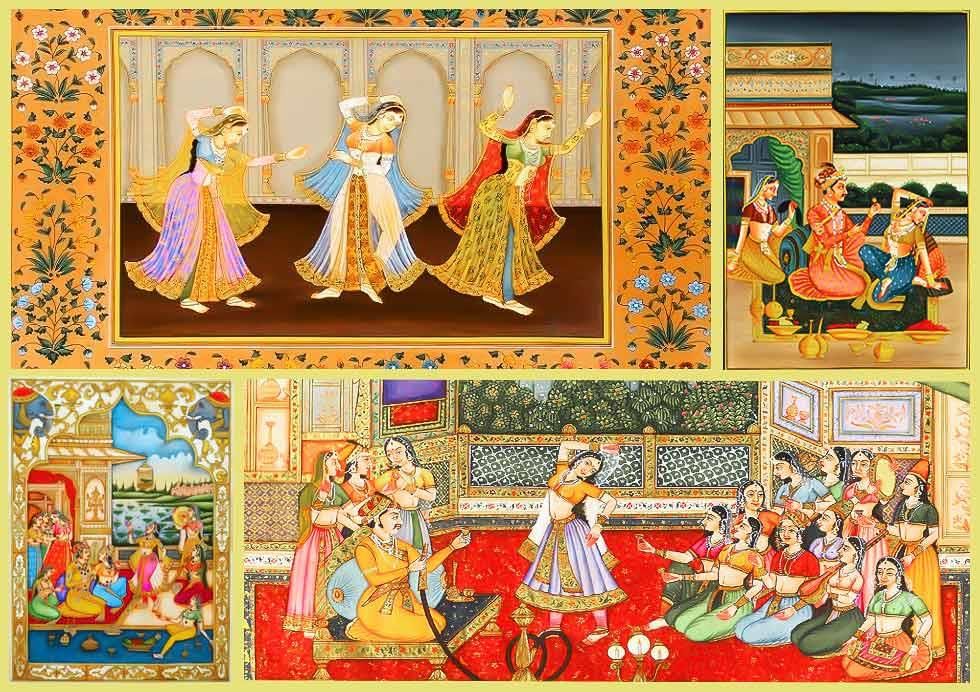 Why in News?
Why in News?
A recent exhibition in New Delhi highlighted the evolving relevance and global interpretations of South Asian miniature painting. This event featured 20 diverse artists and emphasized the dynamic cultural significance of this art form.
Key Takeaways
- The term 'miniature' originates from the Latin word 'Minium,' referring to the red lead paint used in Renaissance illuminated manuscripts.
- These paintings are small, detailed works typically no larger than 25 square inches, often depicting subjects at 1/6th of their actual size.
Additional Details
- Early Miniature: Initially less refined, early miniature paintings evolved over centuries to include intricate embellishments. They were often created for books or albums on perishable materials like paper and cloth, particularly between the 8th and 12th centuries.
- Pala School of Art: Flourished from 750-1150 AD, characterized by Buddhist manuscripts on palm leaf and vellum, featuring sinuous lines and subdued backgrounds.
- Apabhramsa School of Art: Originating in Gujarat and Mewar, it dominated western Indian painting between the 11th and 15th centuries, initially focusing on Jain themes and later incorporating Vaishnava subjects.
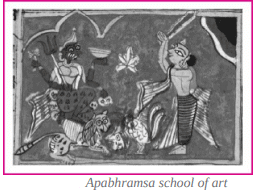
- Miniature Art During Delhi Sultanate: This era blended Persian elements with traditional Indian styles, exemplified by works like the Nimatnama, a cookery book from the reign of Nasir Shah.
- Mughal Era Miniature Painting: Known for its distinctive style drawn from Persian traditions, focusing on diverse subjects beyond religious themes, depicting rulers and their lives.
- Contribution of Mughal Rulers:
- Akbar: Established Tasvir Khana, promoting calligraphy and the arts.
- Jahangir: Elevated Mughal painting by favoring naturalistic themes and detailed margins.
- Shah Jahan: Introduced influences from European art, enhancing the use of gold, silver, and vibrant color palettes.
- Miniatures in South India:
- Thanjavur Paintings: Renowned for their decorative quality, historically patronized by Maratha rulers in the 18th century.
- Mysore Paintings: Focus on Hindu deities, featuring multiple figures with a dominant central figure.
- Regional Schools of Art:
- Mewar School: Notable for the work of Sahibdin.
- Kishangarh School: Associated with romantic legends such as Sawant Singh and Bani Thani.
- Pahari Styles of Painting: Developed in sub-Himalayan states like Jammu and Kangra.
- Modern Paintings: Emerged during colonial times, blending Rajput, Mughal, and Indian styles with European elements, as seen in Company Paintings and Bazaar Paintings.
- Bengal School of Art: Reacted against existing styles in the 1940s-1960s, emphasizing simple colors.
- Cubist Style of Painting: Inspired by European Cubism, focusing on abstract forms and the balance of line and color.
The revival of miniature painting has significant socio-economic impacts, including:
- Economic Opportunities: Renewed interest creates job prospects for artists and supports local economies through art exhibitions.
- Cultural Tourism: Miniature paintings draw tourists, enhancing revenue and promoting local crafts.
- Community Engagement: Workshops and exhibitions increase awareness and preserve traditional skills.
How does Painting Reflect the Cultural Identities of the Time?
- Historical Context: Miniature painting flourished between the 16th and 17th centuries, capturing sacred and secular narratives through intricate details.
- Regional Diversity: Styles reflect local socio-religious perspectives, such as those from the Apabhramsa School depicting Jain and Vaishnava subjects.
- Government Initiatives: Projects like the ‘Ghar Ghar Museum’ support local art and cultural identity.
- Contemporary Interpretations: Today's artists reinterpret traditional themes to address modern issues like identity and socio-political commentary.
- Social Commentary: Paintings critique social issues such as gender roles and political unrest, exemplified by visionaries like Abanindranath Tagore.
- Cultural Preservation vs. Innovation: Artists balance traditional techniques with new motifs and mediums, ensuring relevance in contemporary art.
What Actionable Strategies Can Support the Growth of Miniature Painting?
- Government Support: Policies for grants and subsidies can enhance research, training, and exhibitions for miniature painting.
- Educational Initiatives: Incorporating miniature painting into school curricula can foster appreciation among youth.
- International Collaborations: Partnerships with global galleries can provide platforms for Indian artists.
- Digital Platforms: Utilizing online avenues for marketing can expand reach and attract wider audiences.
|
38 videos|5288 docs|1117 tests
|




















